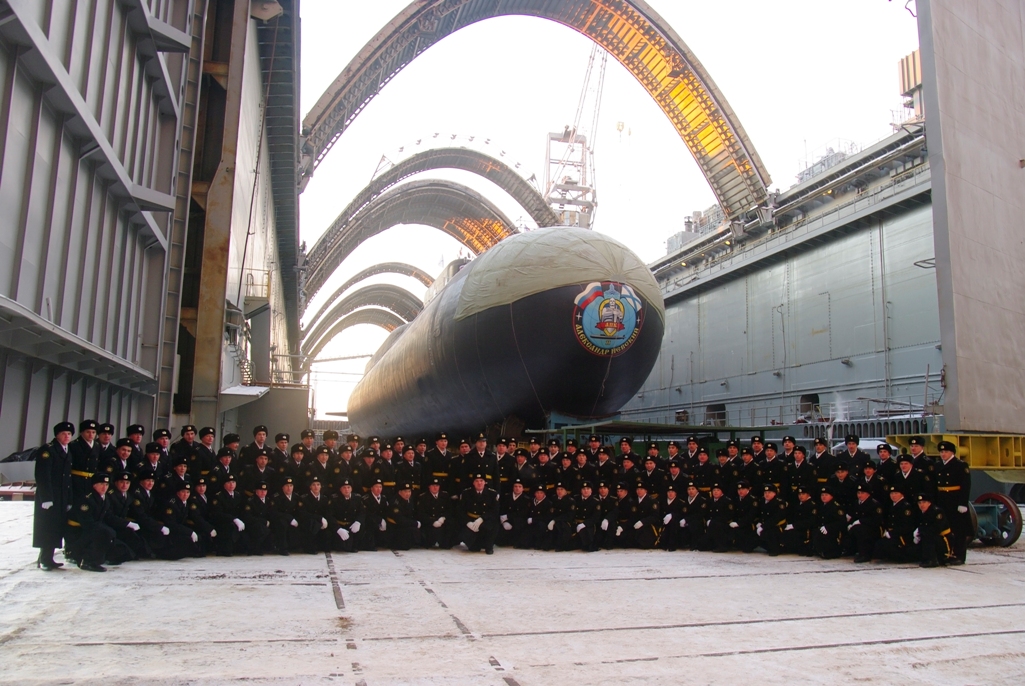 |
| Area closure, flight bans, and flight corridor restriction for Bulava missile launch -- September 11-15, 2015 |
On September 9, RIA Novosti and TASS, citing their separate anonymous sources, reported that Dolgorukiy-class nuclear-powered submarines would launch Bulava (SS-N-32) ballistic missiles in the October-November time frame. According to RIA Novosti, "Vladimir Monomakh" would launch first, followed by a dual launch by "Aleksandr Nevskiy" and "Vladimir Monomakh". TASS's source stated that "Vladimir Monomakh" will perform a salvo launch in November, and that no other Bulava launches will occur this year.
It is odd that neither of them mentioned this week's scheduled ballistic missile launch.
Area closures, flight bans, and flight corridor restrictions have been issued for a missile launch that will occur between 11 and 15 September. The missile will be launched from the White Sea and impact at the Kura Test Range on the Kamchatka Peninsula.
HYDROARC 265/15
ARCTIC.
BARENTS SEA.
ROCKETS.
DNC 22.
1. HAZARDOUS OPERATIONS 111300Z TO 112000Z, 131000Z TO 132100Z, 141000Z TO 141900Z SEP AND 1000Z TO 2300Z DAILY 12 AND 15 SEP IN AREA BOUND BY 73-05N 051-00E, 72-30N 052-47E, 71-24N 049-25E, 72-00N 047-20E.
2. CANCEL THIS MSG 160001Z SEP 15.
G3278/15 - ATS RTE A222 SEGMENT KUMEL-LAGAT CLOSED.
SFC - UNL, 11 1300-2000, 13 1000-2100, 14 1000-1900, 12 15 1000-2300, 11 SEP 13:00 2015 UNTIL 15 SEP 23:00 2015.
G3279/15 - TEMPO DANGER AREA ACT WI COORD:
720000N 0472000E-730500N 0510000E-724700N 0514000E-714500N 0504000E-712400N 0492500E.
SFC - UNL, 11 1300-2000, 13 1000-2100, 14 1000-1900, 12 15 1000-2300, 11 SEP 13:00 2015 UNTIL 15 SEP 23:00 2015.
G3282/15 - AIRSPACE CLSD WI AREA:
651300N0362700E-653800N0362700E-661200N0371700E-655200N0383500E-651300N0373900E.
SFC - 1500M AGL, 11-15 1000-2300, 11 SEP 10:00 2015 UNTIL 15 SEP 23:00 2015.
G3283/15 - AIRSPACE CLSD WI AREA:
724700N0514000E-723000N0524700E-714500N0504000E.
SFC - 1500M AGL, DAILY 1000-2300, 11 SEP 10:00 2015 UNTIL 15 SEP 23:00 2015.
P5645/15 - ATS RTE B240 SEGMENT TILICHIKI NDB (TK)-OKLED CLOSED.
SFC - UNL, 11 1300-2000, 13 1000-2100, 14 1000-1900, 12 15 1000-2300, 11 SEP 13:00 2015 UNTIL 15 SEP 23:00 2015.
ПРИП АРХАНГЕЛЬСК 54/15 КАРТА 91306
ЮЖНАЯ ЧАСТЬ БЕЛОГО МОРЯ
1. ПУСКИ РАКЕТНЫЕ 11 СЕНТ 1300 ДО 2000 12 СЕНТ 1000 ДО 2300 13 СЕНТ 1000 ДО 2100 14 СЕНТ 1000 ДО 1900 15 СЕНТ 1000 ДО 2300 ЗАПРЕТНОМ ПЛАВАНИЯ РАЙОНЕ 65-13.0С 036-27.0В 65-38.0С 036-27.0В 66-12.0С 037-17.0В 65-52.0С 038-35.0В 65-13.0С 037-39.0В
2. ОТМ ЭТОТ НР 152359 СЕНТ
НАВАРЕА 200 139/15 КАРТА 11163
ЗАПАДНЕЕ ОСТРОВОВ НОВАЯ ЗЕМЛЯ
1. ПУСКИ РАКЕТНЫЕ 11 СЕНТ 1300 ДО 2000 12 СЕНТ 1000 ДО 2300 13 СЕНТ 1000 ДО 2100 14 СЕНТ 1000 ДО 1900 15 СЕНТ 1000 ДО 2300 ПЛАВАНИЕ ЗАПРЕЩЕНО ТЕРВОДАХ ОПАСНО ИХ ПРЕДЕЛАМИ РАЙОНЕ 73-05.0С 051-00.0В 72-30.0С 052-47.0В 71-24.0С 049-25.0В 72-00.0С 047-20.0В
2. ОТМ ЭТОТ НР 152359 СЕНТ
Reporting from last week indicated "Vladimir Monomakh" had arrived in Severodvinsk in advance of a scheduled Bulava launch. As there is no other submarine known to be currently available in the White Sea to launch a ballistic missile, the most likely scenario is that "Vladimir Monomakh" will launch at least one Bulava. "Vladimir Monomakh" last launched a Bulava in September 2014.
Is it just a coincidence that this missile launch will occur on the eve of the opening of the 70th Session of the United Nations General Assembly, which will be attended by Russian President Vladimir Putin?









